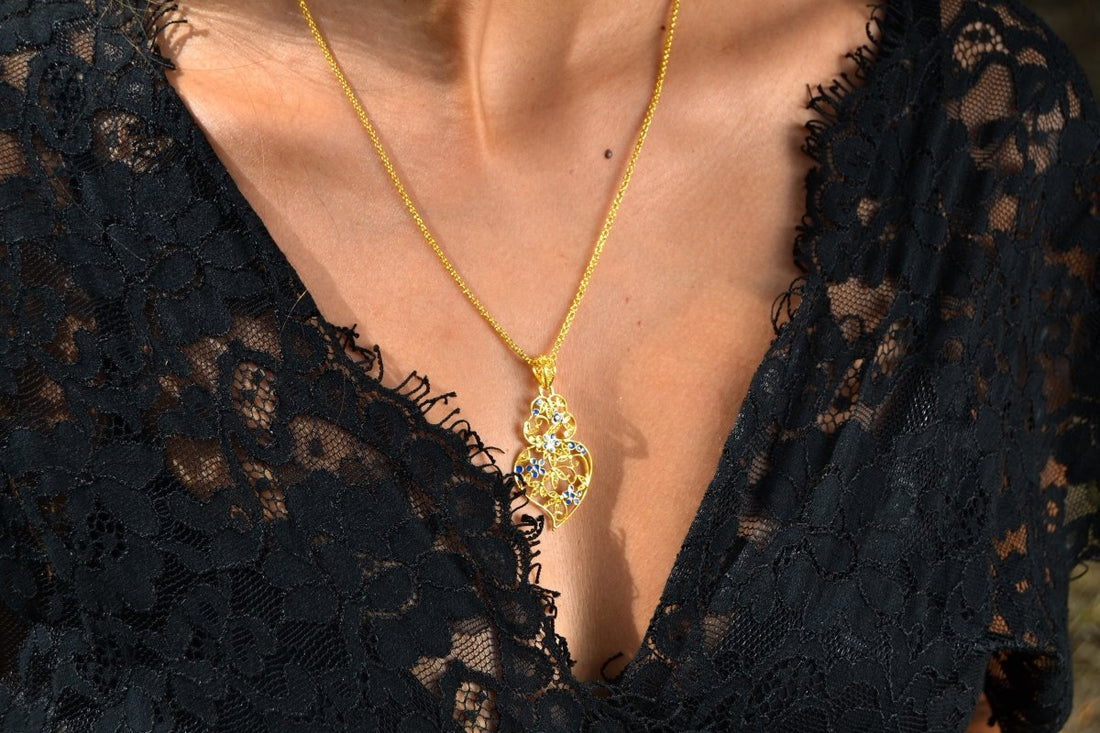
The brilliance of tradition: the art of traditional goldsmithing
Share
The brilliance of tradition: the art of traditional goldsmithing

Traditional goldsmithing is much more than just a way of making jewelry. It's a true expression of a people's culture and history, passed down from generation to generation by skilled goldsmiths. By carefully observing pieces crafted with techniques like filigree or materials like snail shells, we can sense the emotion that goes into every detail and every line. It's a blend of passion, tradition, and art that captivates us and makes us appreciate the beauty of these unique pieces even more. Discover, in this article, some of these pieces that never go out of style.
Filigree Jewelry

Filigree jewelry is a key piece of traditional Portuguese goldsmithing, considered a true work of art for its beauty and delicacy. This technique involves working fine gold or silver wires, winding, twisting, and soldering them into complex and intricate shapes. The result is a unique and sophisticated piece.
This technique, despite having roots in different cultures, is in Portuguese goldsmithing that it reaches its peak, being one of the main elements that defines it and makes it world-renowned.
Snails

Inspired by the Portuguese tile tradition, snail jewelry is another striking example of traditional Portuguese goldsmithing. Used in jewelry for many years, it is in Portuguese goldsmithing that the technique of incorporating snails into gold and silver pieces reaches its peak, lending them a unique beauty.
Viana Accounts

Viana bead jewelry is one of the most famous and iconic pieces of traditional Portuguese goldsmithing. Composed of a series of small filigree beads, usually in gold and silver tones, that form intricate geometric and floral patterns, Viana beads are a striking example of the richness of traditional Portuguese goldsmithing and the talent of the goldsmiths who keep it alive to this day. Originating from the Minho region in northern Portugal, these beads were traditionally used in regional costumes, later, over time, also being incorporated into jewelry, becoming a key element of Portuguese goldsmithing.

